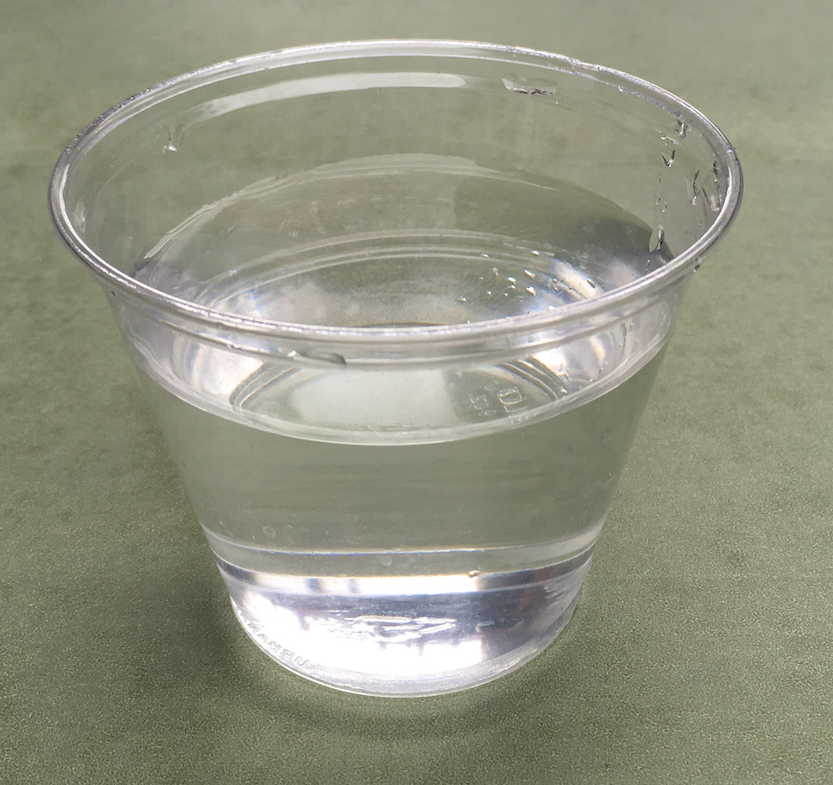Unit 3: Considering the Influence of Light and Thermal Phenomena on Local Weather
II. Identifying Student Resources
Water is a central player in weather phenomena. The Greek stem hydro for water has formed the basis of many English words related to water.
- If a plant wilts, what can you do to revive it?
- If you forget your water bottle on a long hike, what might happen to you?
- What chemical element is a component of water?
- Where is water found on a planet such as the planet Earth?
To hydrate something, for example, means to supply a liquid, usually water, to someone or something that needs it; to be dehydrated means to be lacking water. The element hydrogen is a component of water: two atoms of hydrogen and one of oxygen form one molecule of water (H2O). The word hydrosphere refers to everywhere that water is found on Earth.
A. Connecting to relevant knowledge and experiences
Thinking about how water moves from place to place can provide resources on which to build in learning about weather phenomena.
Question 3.1 What do you already know about water and weather?
- Look at a cup of water. How did the water get there?
Trace the paths that the water in this cup might have followed to get to where you can see it here.

Discuss with your group members what you already know about water and how it moves from place to place. Record some of your ideas before reading an example of student work.
1. Example of student work about early experiences with water and weather
A student wrote:
In my early years of elementary school, I was taught about the water cycle. When I learned about the water cycle, I learned about the terms that could apply to experiences that I have previously had as a child. For example, I learned that condensation describes the droplets that form on the outside of my water bottle that has ice water in it. Next, I learned that precipitation is what describes that rain that I have seen falling from the sky. Finally, I learned that evaporation is what describes when a water puddle that I see is gone a few hours later. These are experiences that are likely to occur for students, so it is important that they understand what they observe.
Physics student, Spring 2016
Understanding the physical phenomena underlying the water cycle is the focus of this section.
B. Documenting initial ideas about changes in states of matter
Water exists on Earth in several states of matter: solid, liquid, and gas. These also are called phases of matter. Ice cubes melting, a puddle of water evaporating, water vapor condensing into fog, and the surface of a pond freezing over are examples of changes in state or phase changes.
1. Diagnostic Question about States of Matter
Responding to the diagnostic question below will document some of your initial knowledge about the roles of heat and temperature during changes in states of matter.
Name________________________ Date____________
Diagnostic Question about Changes in States of Matter
Some ice and a little liquid water are placed in a pot on a hot plate.
When the hot plate is turned on, the ice begins to melt.
After the ice melts, the liquid water warms, and eventually begins to boil.
The boiling continues until the pot is removed from the hot plate.
How does the temperature change during this process?
Illustrate your prediction with a graph of temperature versus time.

